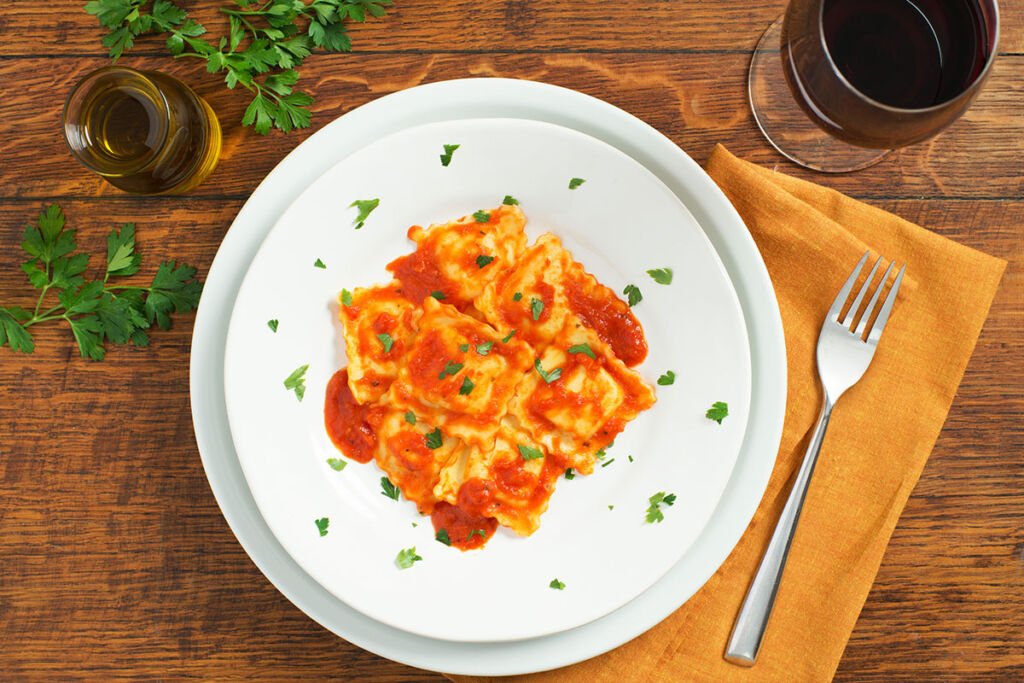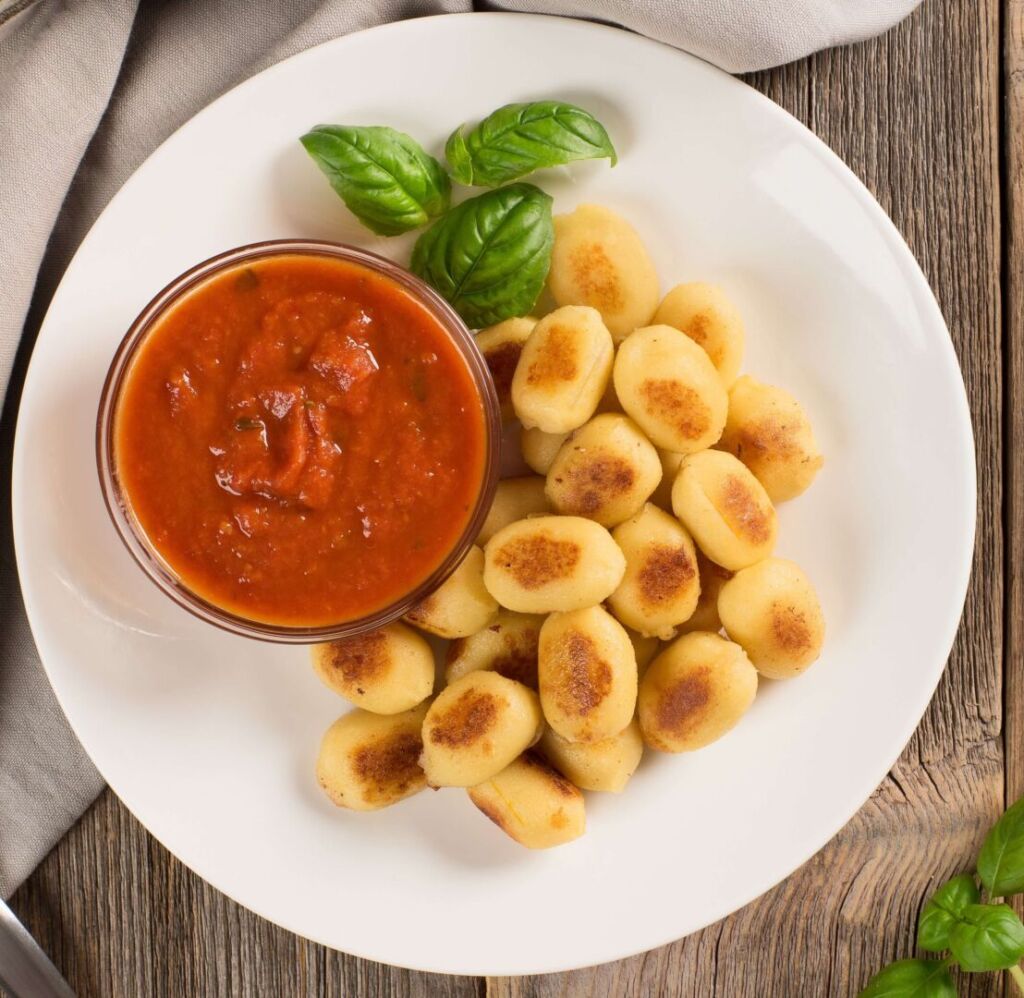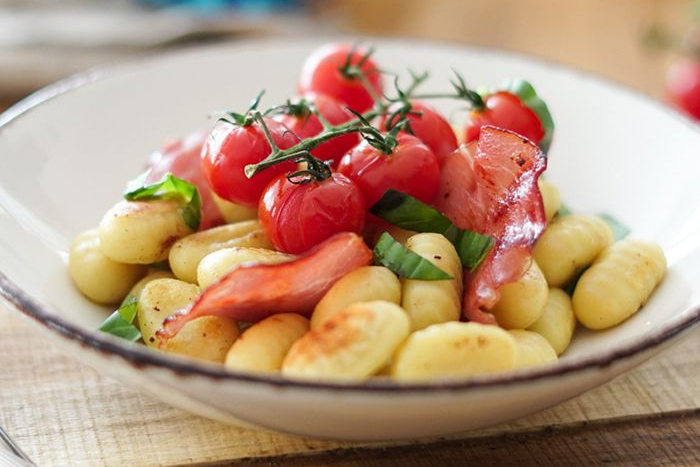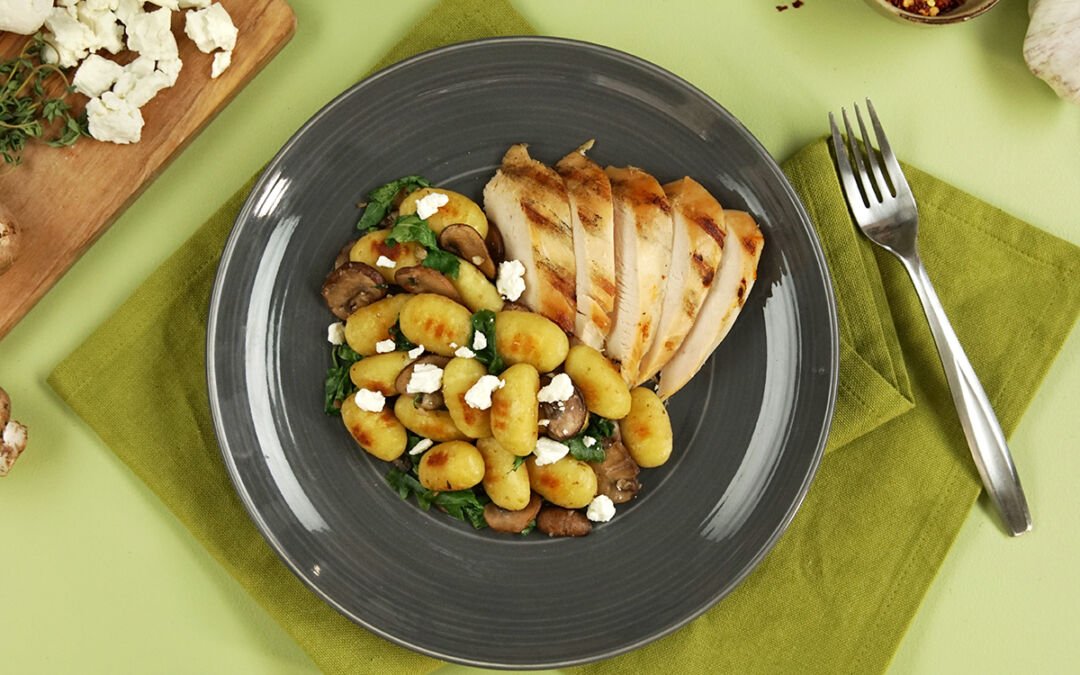Plating makes a world of difference to customer experience and, therefore, to the reputation of restaurants. That’s why its importance must never be overlooked. After all, the first impression customers get from a meal comes from its appearance. For that reason, preparing dishes that look beautiful is essential. So how can you get that right?
It’s all about knowing the right plating tips. If you know what kinds of plates to use, how to arrange the ingredients, and pay attention to contrasting colours, you’ll be able to impress customers before they’ve even taken their first bite. Let’s delve into the best plating tips known to the most reputable establishments in our industry and discover top tips for food presentation.
- Select your plate – The plates you choose for each meal help to set the first impression your customers have of the food. So, select these carefully. Make sure they do not look like the kind of plates people have in their kitchen. Restaurant plates are usually larger, leaving plenty of space, which, in turn, makes the meal appear clear, elegant, and not cluttered.
Notice how the presentation in this Beef Ravioli with Chunky Tomato Basil Sauce allows for ample space around the edges of the plate, enabling a feeling of charm and clarity. The ingredients take centre stage without straying from the middle.

- Control portion sizes – This is not simply a money-saving trick for restaurants. Customers also enjoy focusing on quality rather than quantity, especially if they want to enjoy three courses alongside drinks and side dishes. What’s more, smaller portions are more attractive to the eye, as long as they are still adequate enough to justify their price.
Various recipes can be cooked in large amounts and served in their smaller, respective portions, while the leftovers are stored at temperatures that preserve their quality for other customers. Greek Salad Tortellini and other pasta salad recipes are prime examples of this.
- Simplicity is beautiful – Don’t make the mistake of thinking that decorating the plate with a wide variety of ingredients will improve its appearance. It won’t. Each plate should focus on one key ingredient with a couple of additional ones beside it. Nonetheless, the main ingredient needs to be the star of the show.
In this Skillet Cheese Gnocchi with Tomato Basil Sauce, there are only two key ingredients, while the addition of some fresh herbs on the side plays its part in adding an extra colour to the overall presentation.

- Add some sauce – Adding sauce is not only about taste, it’s about presentation. First and foremost, you’ll want a sauce that pairs well with the meal. Then, adding a decorative dollop or sprinkle to the plate will add to the dish’s overall attractiveness, especially if it offers a contrasting colour to the rest of the meal.
- Go high – Customers are generally impressed when presented with dishes in which the ingredients are layered, giving the meal some height. So, rather than always thinking that additional ingredients need to be placed on the side of the main one, ask yourself if there’s a way to layer it on top.
In this Skillet Gnocchi With Bacon and Sun-Dried Tomatoes, the bacon and tomatoes could easily have been placed on the side, but layering them on top of the gnocchi gives the meal height and added beauty. What’s more, there’s a lot of room for experimentation when it comes to layering ingredients.

- Cut finely – When it comes to meat, finely cut slices that are placed on the plate horizontally contribute to a beautiful presentation. Customers can see the ingredients clearly and have less cutting to do. Also, having it neatly arranged creates a feeling of care and attention to detail that makes a lasting impression on those around the table.
Skillet Gnocchi with Mushroom and Goat Cheese not only looks better but tastes better with meat at the side, cut into thin slices. Be sure to make the slices similar in thickness for visual consistency and general enjoyment.
- Make it colourful – If the ingredients have contrasting colours, you’re already onto a winner. Otherwise, you can bring more colour to the dish by adding sauce and garnishes. A simple sprinkle of herbs is an easy way to bring green to the meal. Likewise, a pale-coloured cheese or cream can also add vibrancy.
Apply these top tips to your restaurant, and your customers will be struck by the beauty of your dishes at first glance. Feel free to drop by anytime for more kitchen tips and culinary inspiration.

